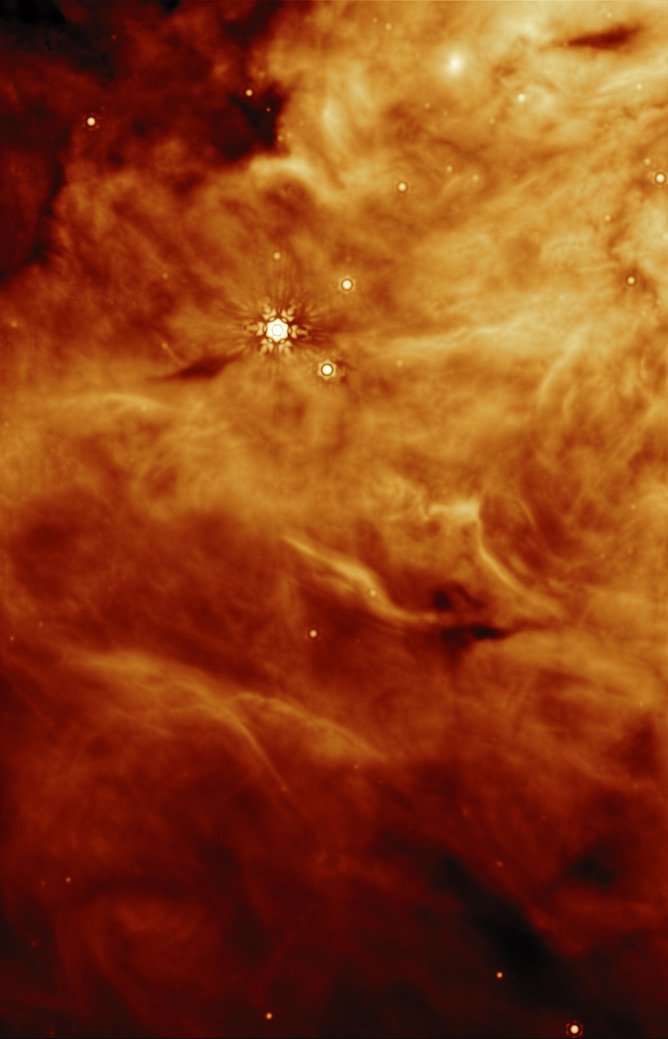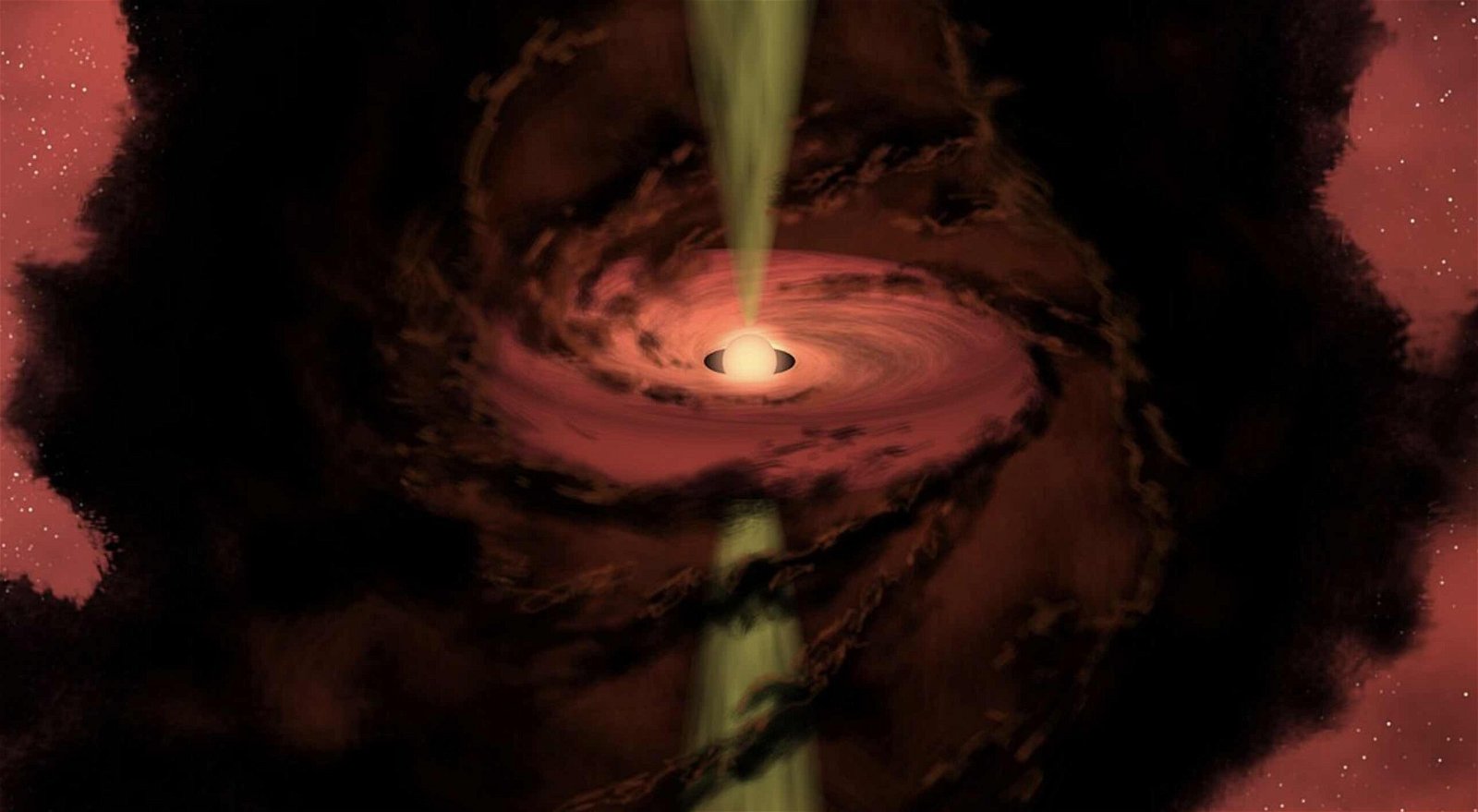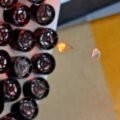Astronomers using the James Webb Space Telescope say they have spotted complex organic molecules that include alcohol amidst the icy areas encircling a pair of young protostars.
The latest discoveries were made by Webb’s Mid-Infrared Instrument (MIRI) instrument as part of the James Webb Observations of Young ProtoStars (JOYS+) program and revealed key chemical ingredients astronomers are looking for in the search for distant worlds that could be home to life.
Given that they are young protostars, IRAS 2A and IRAS 23385 do not appear to have planets in orbits around them yet. However, the detections of organic molecules around them are promising indicators for regions of future habitability.
Along with the detection of ethanol, MIRI has also detected what astronomers believe is probably acetic acid, an ingredient commonly found in vinegar, among the organic molecules recently detected.
Initially detected in the gaseous phase during the previous research, these complex organic molecules have now been detected in the solid phase, a likely result of sublimation, which involves rapid changes from solid to gas without a liquid phase.


The presence of complex organic molecules in icy regions like those surrounding IRAS 2A and IRAS 23385 may provide important insights that will help astronomers understand the origins of even larger molecules in various regions of space.
Currently, it is believed that the presence of these organic molecules within ice may help to facilitate their transfer to planet-forming disks, as opposed to being in a gaseous state.
Another key factor regarding their presence within ice is that they may eventually be incorporated into the comets and asteroids, where they may be carried for long periods until they potentially collide with a newly formed planet.
“All of these molecules can become part of comets and asteroids,” said Ewine van Dishoeck, a Leiden University researcher and one of the coordinators of the program involved in the recent research. Upon impact, the molecular payloads carried by these icy space objects are delivered to the planet and may help give rise to the formation of life.
Eventually, these molecules carried along in ice for long periods may become part of new planetary systems once the ice makes its way closer to the inner region of the planet-forming disk that takes shape as a protostellar system evolves.
In addition to complex organic molecules like ethanol and acetic acid, simpler molecules that include formic acid, methane, and formaldehyde were also present around the protostars.
Sulfur dioxide was also detected, a compound that could be vital in the production of metabolic reactions that occurred early in our planet’s history.
Along with the presence of molecules associated with life, one of the two protostars, IRAS 2A, is a low-mass protostar and could resemble the way our solar system looked long ago. This means that the recent identification of chemicals around IRAS 2A could offer astronomers a glimpse at how our planetary neighborhood might have looked early in its formation, and the presence of chemicals before the formation of planets like Earth.
“We look forward to following this astrochemical trail step-by-step with more Webb data in the coming years,” van Dishoeck said.
The new research, accepted for publication in the journal Astronomy & Astrophysics, was dedicated to a former colleague, Harold Linnartz, who passed away shortly after the paper was accepted.
Micah Hanks is the Editor-in-Chief and Co-Founder of The Debrief. He can be reached by email at micah@thedebrief.org. Follow his work at micahhanks.com and on X: @MicahHanks.

